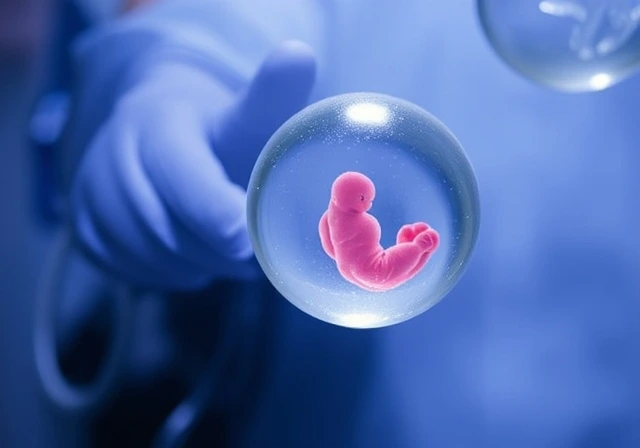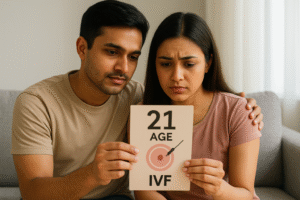The IVF frozen embryo transfer process is a critical step in the journey of many couples aiming to conceive. Though this procedure is usually quick—lasting just 2 to 4 hours—it’s essential to focus on your recovery to maximize the chances of success. Taking the right steps during this period can reduce side effects, increase comfort, and enhance the possibility of a positive pregnancy outcome. Understanding what to expect and how to take care of yourself can make the post-transfer waiting period more manageable and even improve your results.
Why Choose Frozen Embryo Transfer?
A frozen embryo transfer (FET) involves thawing and transferring previously frozen embryos into a woman’s uterus. While the waiting period between the initial freezing and the eventual transfer can feel long, it has advantages. Research has shown that frozen embryos are just as effective as fresh ones, sometimes even more so, since the time allows a woman’s body to recover from the medications used during egg retrieval. With this background, let’s explore the essential aspects of care and post-embryo transfer dos and don’ts.
Immediate Post-Transfer Guidelines
After the IVF frozen embryo transfer process, many feel a mix of excitement and anxiety. It’s important to follow the guidelines provided by your clinic to maximize your chances of success. Here are some key dos and don’ts to follow:
- Dos:
- Rest for at least 24 hours following the transfer.
- Hydrate well and eat a balanced diet rich in protein and fiber.
- Continue taking any prescribed medications, like progesterone, as directed.
- Don’ts:
- Avoid heavy physical activities, including strenuous exercise, as this could interfere with embryo implantation.
- Refrain from sexual activity until your doctor advises that it is safe.
- Limit caffeine and completely avoid alcohol, tobacco, and other harmful substances.
The 2-Week Wait: What to Expect
One of the most challenging aspects of the IVF frozen embryo transfer process is the two-week waiting period before taking a pregnancy test. During this time, you may notice different symptoms after frozen embryo transfer, which can vary significantly from one individual to another.
The two-week wait can be emotionally taxing. It’s natural to be tempted to take an early home pregnancy test, but doctors strongly advise against it. Testing too soon could lead to false results due to varying levels of hCG, the pregnancy hormone. Waiting the full two weeks for the blood test at your clinic will give you a more accurate outcome, allowing you to manage your expectations and emotions better.
Read More: IVF: The Ultimate Guide to In Vitro Fertilization
Enhancing Your Chances of Success
While much of the outcome depends on factors beyond your control, focusing on the right post-embryo transfer dos and don’ts can make a difference:
- Maintain a Relaxed State: Stress can negatively impact your body’s ability to maintain a healthy environment for embryo implantation. Engage in activities that help you relax, such as gentle walks, meditation, or reading.
- Focus on Proper Nutrition: A diet rich in lean proteins, whole grains, and fresh fruits and vegetables supports your body during this crucial period. Avoid foods that may pose risks during pregnancy, such as unpasteurized dairy products or raw fish.
- Lean on Your Support Network: Whether it’s friends, family, or online support groups, having people to talk to during this waiting period can be incredibly comforting.
The Pregnancy Test and Next Steps
Finally, the long-awaited day arrives when you visit your clinic for a blood test to determine the outcome of the transfer. If the test is positive, you will continue to receive close monitoring and support from your fertility clinic until around the 8th to 10th week of pregnancy, after which you will transition to a regular OB-GYN.
In case the test is negative, it can feel disheartening. Remember that a negative result doesn’t signify the end of your fertility journey. Many couples find success after multiple attempts. Discuss with your fertility specialist the best course of action, whether it’s another IVF cycle or exploring alternative options.
In Conclusion
The IVF frozen embryo transfer process is both a hopeful and nerve-wracking experience. Understanding the post-embryo transfer dos and don’ts, recognizing potential symptoms after frozen embryo transfer, and managing your emotional well-being are all crucial during this time. Whatever the outcome, you are taking a brave step in your journey toward parenthood, and the right support and self-care can make the process a little easier.












 No need to worry, your data is 100% Safe with us!
No need to worry, your data is 100% Safe with us!